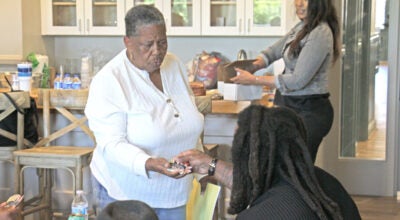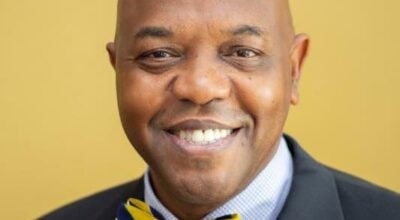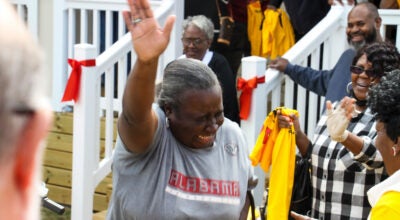Gee’s Bends photos come back
Published 10:46 pm Friday, September 19, 2008
The past meets the present today in a celebration of folk life and the photography of the late John Reese.
A reception for about 50 prints of Reese’s is set for 2:30-5 p.m. today in the Gee’s Bend Quilt Collective. Among those who’ll attend: Kathryn Tucker Windham, who collected oral histories as Reese photographed the project.
Betty Ann Lloyd, an independent folklorist working under a grant with the Alabama State Council on the Arts, helped hang the photographs Friday afternoon in preparation for today’s opening.
The collective is a temporary home for the photographs, said Lloyd. Once Boykin Elementary is restored, the photographs will move into the renovated building.
“They will always be in Gee’s Bend,” she said.
The photographs on display belong to the Birmingham Public Library, said Don Veasey, photo curator for the library. “We duplicated about 54 of them. They are hanging them around their building,” he said.
Reese took the photographs over the course of about a year during the 1980s under the direction of the public library. He was to record life in Gee’s Bend 40 years after photographers had photographed work conducted under the Farm Security Administration, Veasey said.
The Farm Security Administration’s photography, part of the New Deal, to record rural poverty and the efforts to relieve some it, are well known. The initial work showed what the FSA had completed — construction of houses, barns and commissaries — to help bring up the community. Transportation in and out of the community proved difficult, at best, leaving Gee’s Bend pretty much isolated.
“They were living pretty much as they had in the 19th century,” Veasey said. “With one way in and one way out, it was a community that was off to itself.”
The, 40 years later, the library commissioned Reese to photograph an update. Reese, a self-taught photographer, worked as a railroad engineer most of his life. He retired with Birmingham Southern Railroad in 1979.
Before taking on the photography assignment, Reese had worked as a conservator of photographs during the late 1970s. The Gee’s Bend project was Reese’s second venture with the library.




